 |
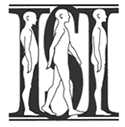 |
|
|
Prerequisites
Teaching
Methods
Phase
I
Phase
II
Phase
III
|
ISI
Training Program
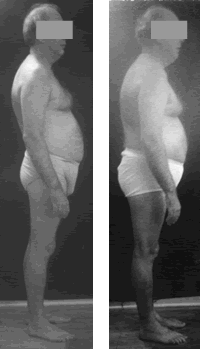 |
|
Are
you ready . . .
to
make a real difference?
|
|
At the Institute for Structural Integration youíll
learn:
|
| ï
Seeing Alignment |
| ï
Body Mechanics |
| ï
Feeling Fascia |
| ï
Realigning Structure |
| ï
Movement Work |
|
|
|
|
|
|
| ISIís
training program in Structural Integration is taught in three phases.
In Phases I and II, students observe daily instructor demonstrations
of one of the ten sessions and hear a detailed explanation of the
work while it is in process. Students are allowed to question, comment,
and palpate, during the demonstrations. It is in this interaction
that the skills of seeing, layering, and understanding the Recipe
are more fully developed. |
Teaching
Methods
|
|
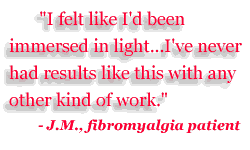 |
In Phase III all the skills learned in Phases I and II are utilized
in the actual practice of Structural Integration in the classroom.
Abiding by Dr. Rolfís tradition each student exchanges all ten sessions
with a designated classmate in class. In addition, they perform the
ten sessions of Structural Integration with three models from the
community. All manipulation work is closely supervised by the instructor.
In that context the strengths and weaknesses of each student can be
addressed. The immediate and personal feedback from the instructor
enhances the learning process. |
|
|
Throughout the entire program special attention is given to the study
of anatomy from an experiential perspective. Building upon the foundation
of the prerequisite programs, proper body mechanics are refined to
new levels of expertise. In addition, prominent expert guest lecturers
from the community are invited by ISI to augment the structural learning
with movement training and somatic studies. |
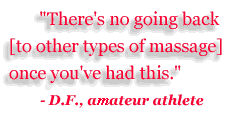 |
|
|
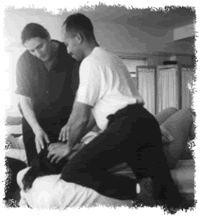
|
Phase
I
The Art of Seeing
Human Structural Alignment
During
Phase I students develop skills in Structural Integration. The first
is that of ìseeing.î Dr. Rolf taught that ìsight is touch at a distance.î
She considered this the greatest challenge of Structural Integration.
To see in Structural Integration means viewing how the human body
aligns itself segmentally in space and the relationship between
it and the gravity field. To analyze the human structure as it stands
and moves in three dimensional space is an essential component of
Structural Integration.
Students learn to identify
personal structural patterns ó how a person carries or holds him/herselfóand
to see how to change those patterns. ISIís program encourages students
to see a person as they were in the past, who they are now, and
who they are becoming. Considering all of this, learning to see
is an ever-changing phenomena that requires self-discipline, self-awareness,
and time.
Phase I is the beginning
of a life-long process of making a differenceóviewing the human
structure and its movements in a non-linear way, involving many
complex relationships.
|
|
|
Phase
II
Feeling the Core
The
second and most critical component of learning Structural Integration
is ìto see with your hands.î This experience is called fascial layering.
To layer fascia the student balances the innermost muscles with
the outermost muscles. ISIís approach is unique because layering
is practiced repeatedly with individual instruction.
Students are taught specifically
to feel each fascial layer. Using intuition and palpation, they
learn to explore the energetic qualities of the tissue and how each
fascial layer responds to touch. This skill can be learned only
through private, hands-on instruction. Regardless of how well a
student can see the structure, it is ultimately how well he or she
is able to manipulate the fascia that determines what structural
changes occur.
Manipulating fascia is
the key to becoming a successful practitioner of Structural Integration.
|
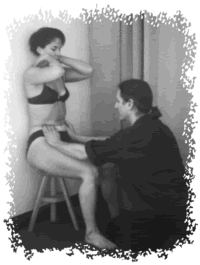
|
|
|
Phase
III
The
Process of Making a Difference:
Integrating Human Structure
The
third aspect of the learning process is for students to gain an
understanding of the ìRecipe.î The Recipe is the culmination of
Dr. Rolfís lifeís work and is structured as a ten-session sequence
of fascial manipulation and movement re-education.
The Recipe is not a technique.
It is a process of understanding and implementing structural balance
through the bodyís fascial connections and their relationship around
a vertical line within the gravity field. Students are challenged
to apply the Recipe to an individual body and thereby gain a great
deal of wisdom about the human structure in general.
At this point Structural
Integration becomes an art which enables the student to structurally
integrate each individual client.
|
|
|
 |
Institute
for Structural Integration
455 Tarrymore Ave
Minneapolis, Minnesota 55419
Phone: 786-606-9744
Email: john@johnlatz.com
|
|
|






